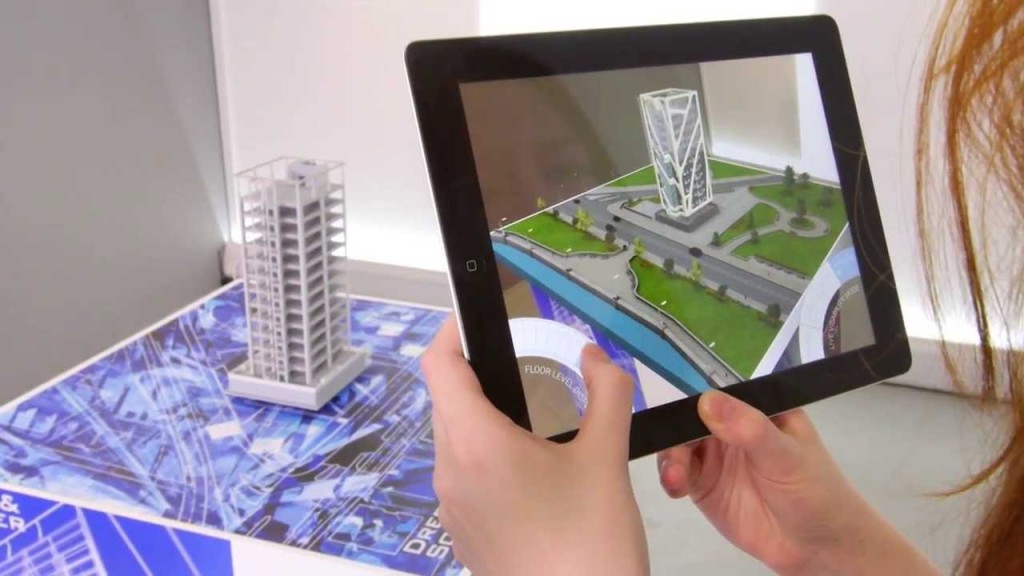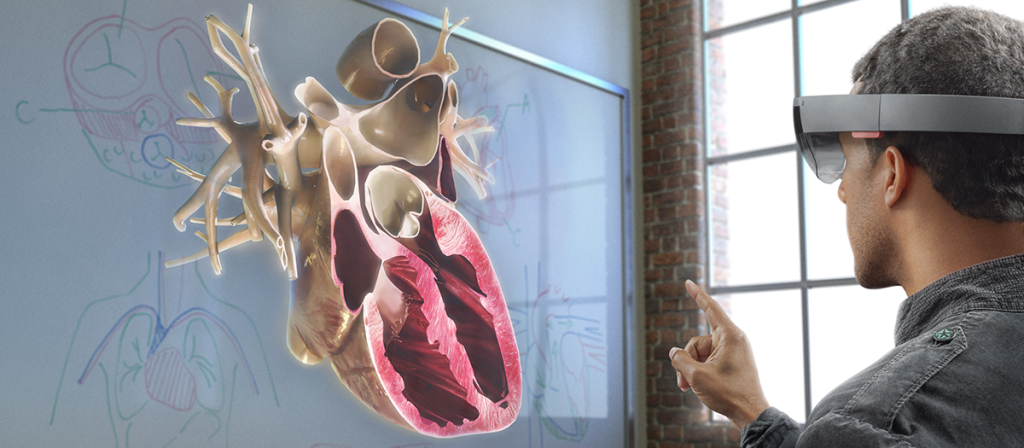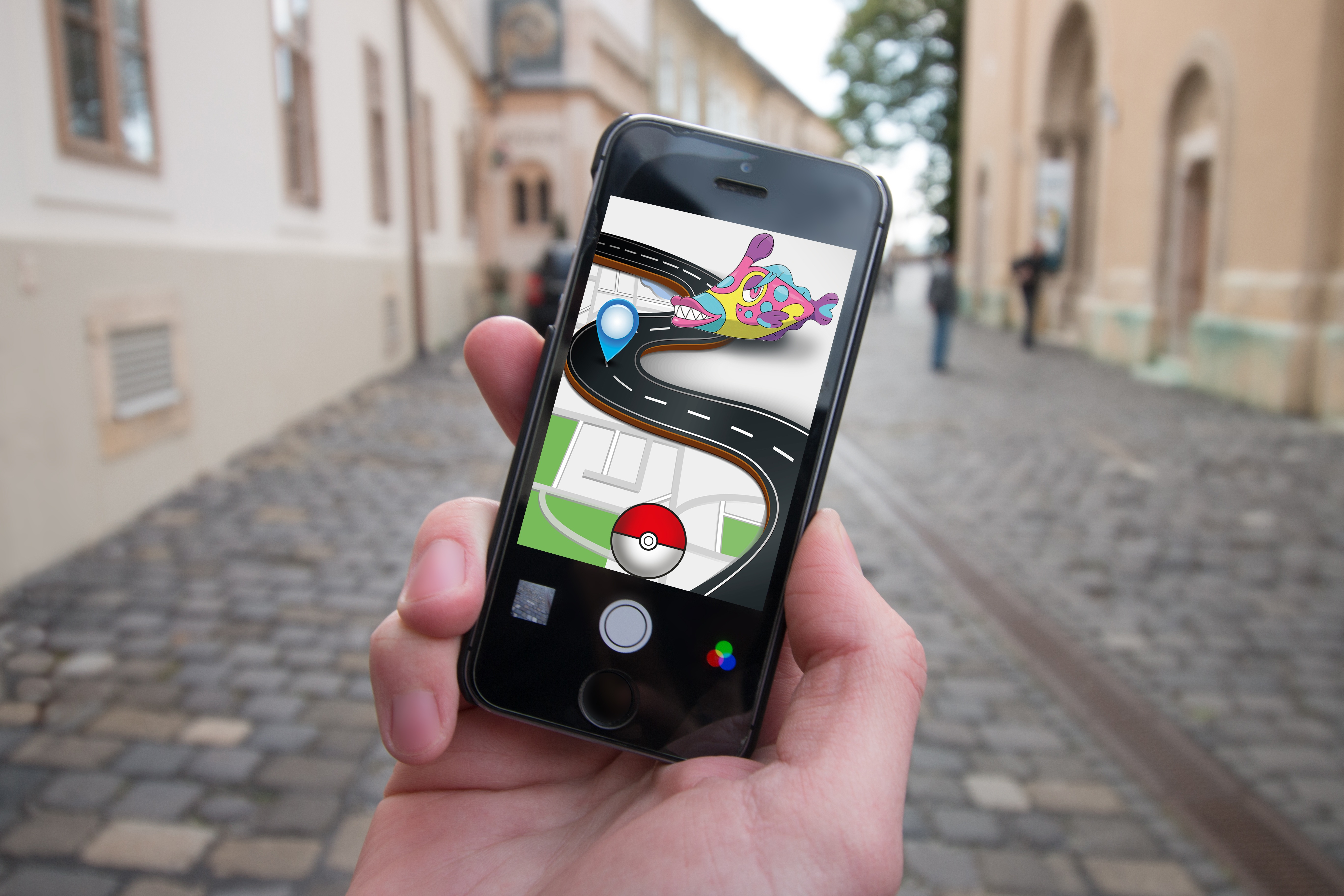The new digital revolution
Since the early 1990s, the debate on the future of the Internet has centered on two concepts which appealed to the imaginations of both engineers and the general public. They were virtual and augmented reality (VR and AR). Many IT experts today go as far as to claim that the VR and AR breakthrough is comparable to the revolution the one which has once led to the development of the worldwide web.
The fight for virtual and augmented reality
I have been watching with interest and understanding a change in the media perspective on AR and VR. Every now and then, a journalist comes along who claims that both technologies are – first and foremost – a huge opportunity for the advancement of science, medicine, education and business. Then again, every so often enthusiasm over the prospects comes from the movie, gaming and even sex industries. I expect that the two technologies will inevitably raise controversies as in the case of Pokémon Go. Generally, the one thing that is certain is that neither virtual nor augmented reality likes to fly under the radar.
Explaining the world
I think it’s best to begin by clarifying the distinction between AR and VR. Augmented reality is a marriage of the real world and that of digital information. It relies on applications, smartphones and goggles to “superimpose” the latter on the real physical world which it explains and describes. The two worlds exist in parallel. Their combination helps people learn, grow intellectually and be entertained. In contrast, virtual reality is a separate space created by means of three-dimensional graphics. Specially-designed goggles shut out external stimuli. The user becomes an actor in an all-man-made virtual world. I think this distinction between AR and VR will define the further evolution of the two technologies. There is much truth to the observation that while VR will facilitate escapism from reality, AR is set to bring reality closer and make it more understandable. Although this view is a simplification of sorts, one cannot deny it a certain validity.
Reality defies augmentation – for now at least
The most exhilarating thing about new trends is how unpredictable they can be. Little time has passed since Google Glass was first released, billed as the first mass-produced device to support the augmented reality experience. Conceived and developed in two of the corporation’s best guarded buildings, the goggles have enabled users to access web browsers and record videos. In the future, they were to be used to receive complex 3D simulations. They could then allow e.g. medical students to watch virtual surgeries or enable car buffs to see how vehicle components work. Such applications would employ the entire concept of AR. Despite the exciting promise, the project was suspended due to a number of factors. Some were physiological as users’ eye fatigued sooner than anticipated. Legal privacy issues arose over the use of the camera. Google was caught off-guard by the negative reception by persons confronted with Google Glass wearers. For the time being, reality “defies” augmentation.
The industry pushes on
Such failures are only momentary. The engineering industry has put too much of its time into AR development to give up at the first hurdle. This year’s January Digi-Capital report estimates that nearly US$ 700 million has been invested in VR and AR in 2015. Over the next four years, the VR headset market will be worth close to US$ 3 billion. New projects are under way at full steam in the laboratories of both the industry’s giants and small independents. Microsoft has recently unveiled HoloLens glasses which rely on the hologram technology. A user located within a room sees it through virtual images displayed in space. Several months ago, Facebook took over the Oculus Rift goggle maker Oculus VR for the price of … US$ 2 billion! Mark Zuckerberg is certain that a breakthrough in the approach to AR/VR is imminent. Both technologies are going to be commonly used for communications. The Facebook founder also believes that AR goggles that resemble regular spectacles are just around the corner. Interestingly, even today, the industry is realizing that the success of new VR and AR products will not be possible until the new trend loses the elitist label. A case in point are the Google Cardboard glasses. This cardboard design places a smartphone in its center. It is powered by an app downloadable from the web. The whole package comes with a price tag of only a dozen plus dollars!
Pokémons – the second awakening
The Pokémon Go may be viewed with reserve or even with tongue in cheek. Millions of young people run around cities toting smartphones on a quest to spot the popular creatures originally invented by Nintendo. The latest hoopla shows that AR implementation has reached a tipping point. The rapid market response to the popularity of Pokémon Go reveals its huge business potential. One of the first positive responses to Pokémons came from McDonald’s headquarters. Today, this restaurant chain is developing a strategy premised on the assumption that, sooner or later, Pokémon searchers will end up in one of its restaurants to grab a bite as they looking for their favorite creatures. A US-based electronics retail chain which has signed a contract with Nintendo has been overrun by droves of young consumers who boosted its sales while hunting for Pokémons. The massive popularity of the application must have immediately inspired location-based marketers. Today, the use of Pokémon Go to promote a city, a restaurant, or a store appears to be obvious. The enthusiasm with which the youngest consumers received the application has inevitably spread to the staff of Silicon Valley laboratories. Immediately after the application’s spectacular debut, Apple announced its substantial financing for AR innovation and research. The famous creatures did more to popularize AR than hundreds of publications and conferences for IT experts.
The consequences of reality augmentation
AR is posed to revolutionize every area of human life. In the corporate world, it is likely to become a supreme tool for training, team-building and public presentations. In education, it could be an irreplaceable way to present knowledge, simulate processes and conduct experiments. In the world of retail, AR tools and systems will transform customer perceptions, choices and preferences. Store owners and marketers alike must realize that product presentation or even development will never be the same. Cosmetics shoppers will access complete information about the chemical composition of individual products within a matter of seconds. Car buyers will get a chance to view each subcomponent and innovation of a given model within a few moments. AR will usher in an era of ultimate service customization. Products will be perfectly suited to our needs, the range on offer will be fully personalized.
I believe that augmented reality will allow us to experience the world more profoundly and, in fact, see it anew. It will not stand between us and reality. It is bound to surprise our senses and make us more free and aware as a species and society.
Related articles:
– Fall of the hierarchy. Who really rules in your company?
– Technology putting pressure on business – this is what we can expect in 2017 (part 1 of 4)
– Your clients are already in the future, and where are you?
– Blockchain has a potential to upend the key pillars of our society
– Big Data: New player in sport

Pokemon GO

Virtual Reality in architecture

Augmented Reality in education, medical appliances










Jacek B2
Good read. All the best. Thanks for sharing
Norbert Biedrzycki
Thank you very much. Hope you will find next pieces as interesting as this one 🙂
johnbuzz3
Does the brain, physiologically speaking, experience virtual worlds differently? Entire brain involving subtle combinations of senses intermingling with memories. Compared to computers, we as humans are not so easily tricked.
One experiment in 2008 found that rats running on a hamster wheel experienced activity in the map-making brain even though their visual cues remained the same. The actual visual part of navigation appears to be much, much smaller than once assumed.
Norbert Biedrzycki
Could you be more specific on this experiment you’re referring to?
Check Batin
Good one. Interesting read. A bit absolete but still fun to play 😉 VR/AR is a future
Norbert Biedrzycki
Thanks and I share as well your enthusiasm 🙂
Andrzej44
… and Pokemon is gone, or gone soon. They were not able to invent, built sound business model around VR. Micropayment are not sufficient to pay all infrastructure related expenses. What would be the next VR hype?
Norbert Biedrzycki
Exactly: “Nintendo’s Pokemon Go profits are about as real as Pikachu. The company’s late Friday revelation that the global craze for chasing imaginary creatures with a smartphone won’t be a huge earnings driver confirms what many had suspected, but which the stock had not yet reflected. To put that move in context, the massive run-up leaves Nintendo only 42 percent higher for the year to date and just 15 percent up on 12 months ago. In other words, Pokemon Go may have driven the stock, but a lot of that gain has been recovering lost ground over the past year.”
Link: https://www.bloomberg.com/gadfly/articles/2016-07-25/pokemon-gone-no-profit-in-this-craze
John McLean
And they dropped again. Hype on a stock since that was one off marketing event